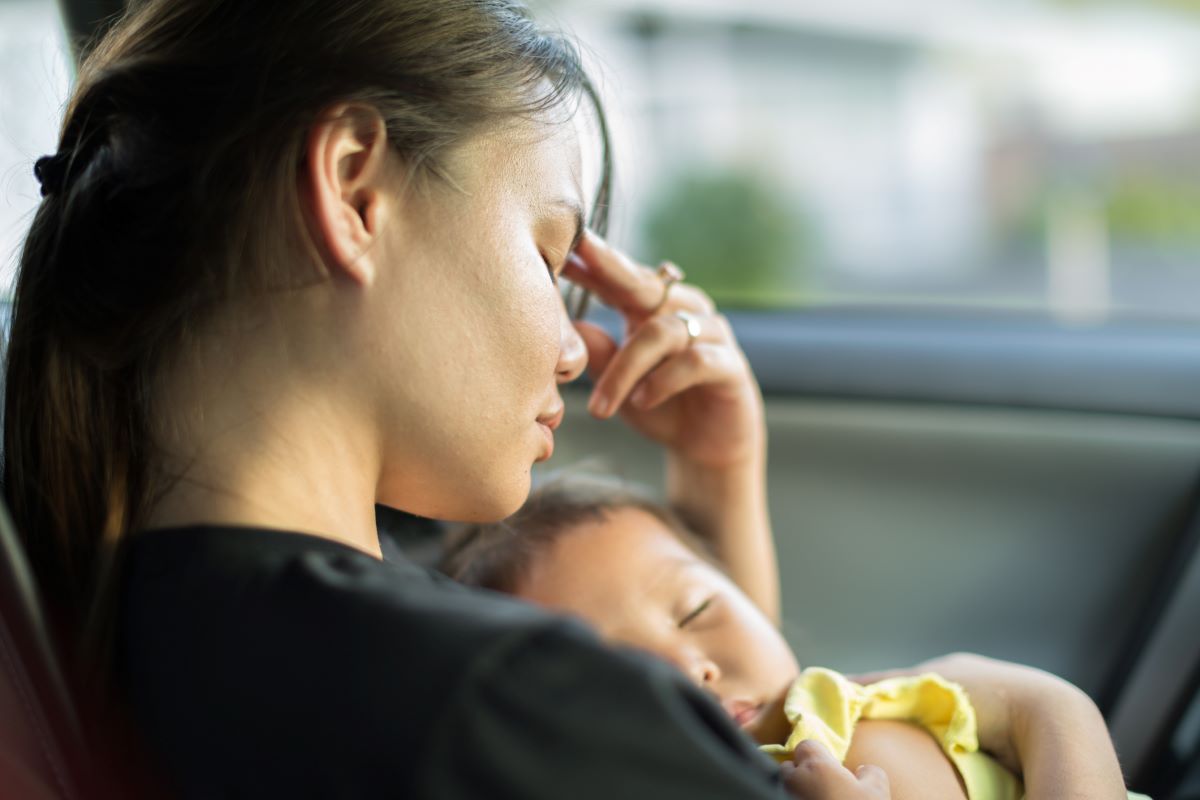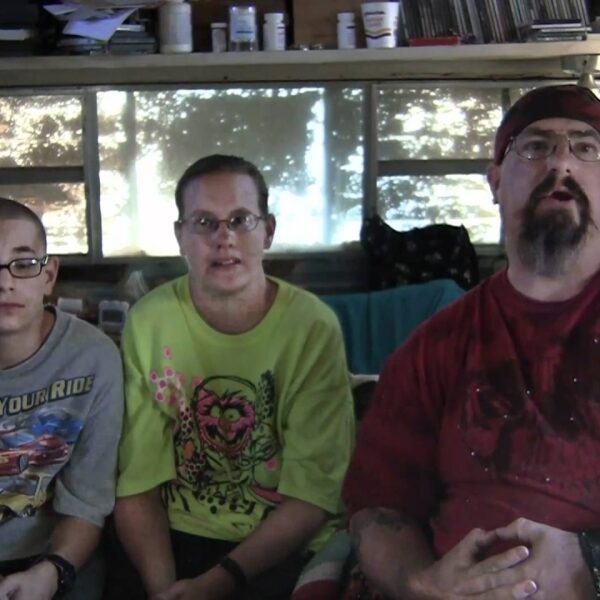Even the Startling New Numbers Are Likely Underestimated
Recent estimates from King County, Washington, show that vehicular homelessness in the Seattle area has risen by 2,858% over 20 years. The figure soared from 114 people in 1998 to a staggering high of 3,372 people in 2018.
More and more people are living in their vehicles, not only in raw numbers but also proportionally compared to other types of homelessness. The figures from 1998 represented a vehicular homelessness rate of 15 percent, while the figures from 2018 showed a rate of 53 percent.
In San Francisco, a 2019 count saw 1,794 people living out of their cars, which marked a 45% increase from the 2017 count. In Oakland, the figure doubled in that same timeframe to a total of 2,817.
Because of the uncertainties and challenges involved in the point-in-time counts that give us these numbers, even these shocking statistics are likely underestimated.
Who Are The Vehicular Homeless?
People living in their vehicles are often new to homelessness, and those with jobs, assets, and money saved in the bank- just not enough to afford the astronomical costs of housing in increasingly many places across the country. These facts should give us all pause.
Cars and RVs may be old or new, kept tidy enough to drive for ridesharing apps, or weighed down with accumulated things that now, like their owners, have no other home. These vehicles may house just one person or families with children. They may stay in one place to be close to a job, family, or just good weather. Or they may travel around in search of greener pastures.
Like all types of homelessness, it’s not just one “type” of person who can find themselves in this position. People from all backgrounds and walks of life may rely on their vehicle for their only shelter, whether for a short time or a longer one.
Vehicle Dwellers Are Vulnerable to Even Worse Conditions
While having a vehicle to dwell in can offer more protection than a tarp or tent, that limited amount of stability can be snatched away at any moment.
A car can break down, get totaled in an accident, or simply be ticketed and towed away for being an “eyesore,” leaving the people living inside even worse off than before.
Some communities are stepping up and filling the need for safe parking areas where people living in their cars can park without fear of being hassled. However, many are also imposing new limits on overnight parking and which vehicles can be seen where.
As with so much else involving homelessness advocacy, it seems to be a case of one step forward, two steps back.
Think of the Poor NIMBYs
Since the sidewalks are clear and all the actual homeless people are more or less out of sight, you might think that NIMBYs could tolerate vehicular homelessness in their neighborhoods. Of course, you would be wrong.
There have been many attempts to restrict access to parking for people living in their cars, and those efforts have been successful in many areas.
In others, laws are already on the books preventing people from legally sleeping in their cars. These laws have largely gone unenforced, but we all know how popular selective enforcement is regarding unhoused people!
The good news is that these laws can be repealed with enough public will. That’s exactly what was done in San Francisco when city officials debuted their safe parking site. Perhaps it can be done in your town, too.
In addition to decriminalizing vehicular homelessness, we must resist NIMBY’s efforts to restrict overnight street parking, RV parking, and similar initiatives. Their desire for a better parking spot or more curb appeal does not override other people’s need to sleep in the safest place available to them. And, as we know from a long history of encampment sweeps, pushing people out with nowhere for them to go is not a solution.
Systems of Care Must Adjust
Vehicular homelessness has long been left out of conversations about homelessness in general. That has led to plenty of gaps for homeless people living out of their cars to fall through.
Not only is this type of homelessness often overlooked when formulating programs and services designed to help homeless people in a local area, but it’s thought and talked about so little as a form of homelessness that often people who would qualify for what little help is out there don’t even realize that they’re eligible for assistance.
Many vehicle dwellers with nowhere else to go don’t consider themselves homeless because they’ve never seen a situation like theirs represented in conversations about homelessness.
In order to connect vehicular homeless people with the resources that could improve their quality of life, we need to both publicize more widely what programs exist and vastly expand offerings designed to help people living in their cars.
Safe parking lots are one necessary service that has been gaining steam in cities and towns across California and beyond. Places like these provide a safe place for cars and oversized vehicles to park, as well as shared amenities like bathroom, laundry, and kitchen facilities.
Safe parking centers provide peace of mind, access to necessities, and a community of other people going through similar situations. Spaces like this are relatively easy to set up and fund when compared to something like, say, a tiny home village.
Safe parking lots can also use space that sits empty most of the time, like a church parking lot. We need to see more of these initiatives as well as new solutions that can bridge the gap until they’re able to get connected with permanent housing.













